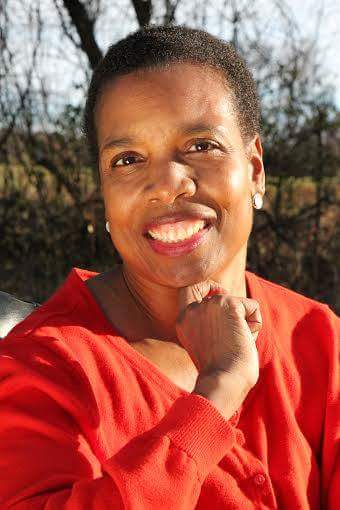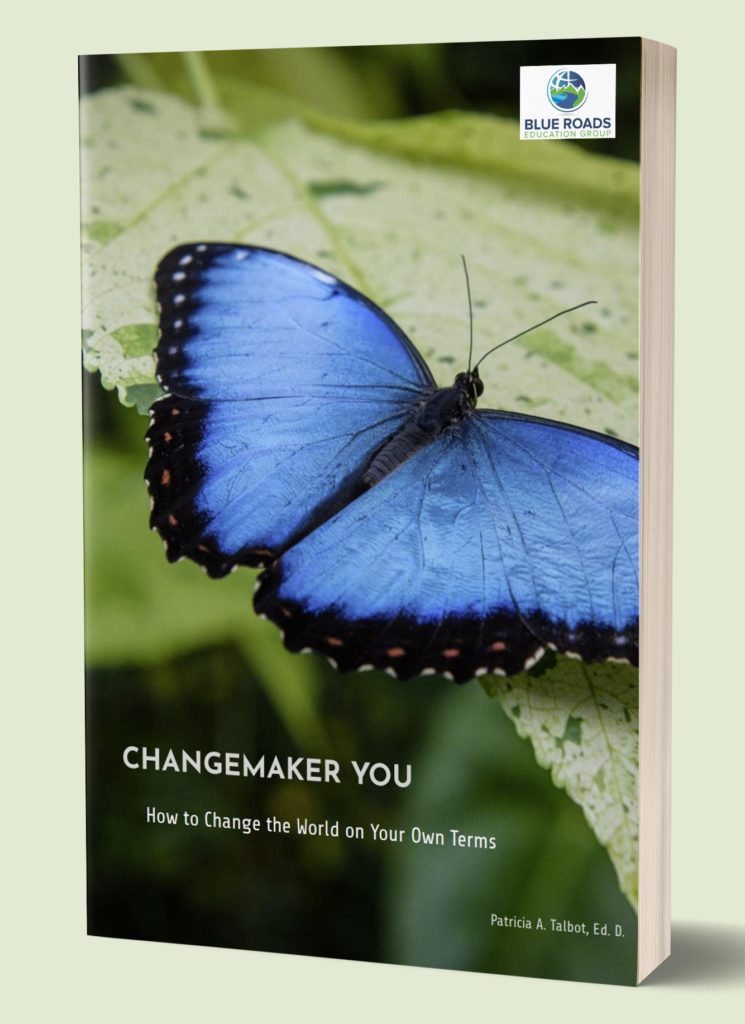Carol Crawford Smith is the first changemaker representing the arts in this series that celebrates the work and lives of changemakers through the lens of our framework “Homegrown Solutions for a Patchwork World”. You’ll remember that I interviewed her amazing son, Garland Smith, founder of the Omushana Company, a few weeks back. When you read Carol’s story, you’ll fully understand where Garland got his ability to live his life to the fullest with purpose and grace.
Watch the video of our conversation, listen to the podcast, and read the summary below to learn about Carol’s work as a dancer, a teacher and a writer who continues to inspire everyone she meets with her wisdom and resilience.
Homegrown Carol
Carol was born in Albany, New York, and raised in Poughkeepsie a couple of hours north of New York City. Her maternal side of the family included the Jeffress and Springsteen families of New York while her father's family, the Bryants and Crawfords, hailed from Florida.
She became a dance artist and performer at a young age. In 1978, she auditioned and was accepted to a summer program with the Dance Theatre of Harlem. Her professional dance career began very soon thereafter when she was invited to join the company by cofounder Arthur Mitchell himself.
As a professional ballet dancer with the Dance Theatre of Harlem, Carol traveled and danced all over the world for more than 10 years.
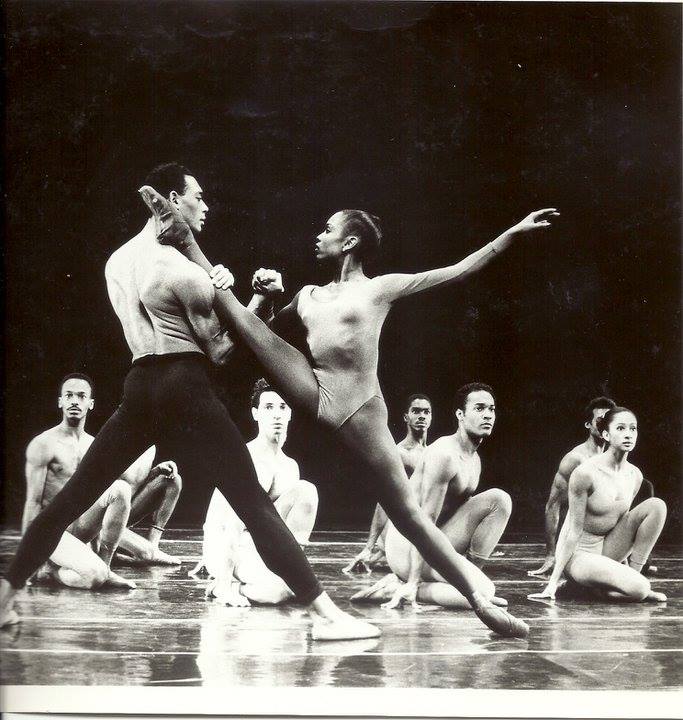
Solution Focused Carol
Carol began experiencing symptoms during her dance career that turned out to be early indications of multiple sclerosis (MS).
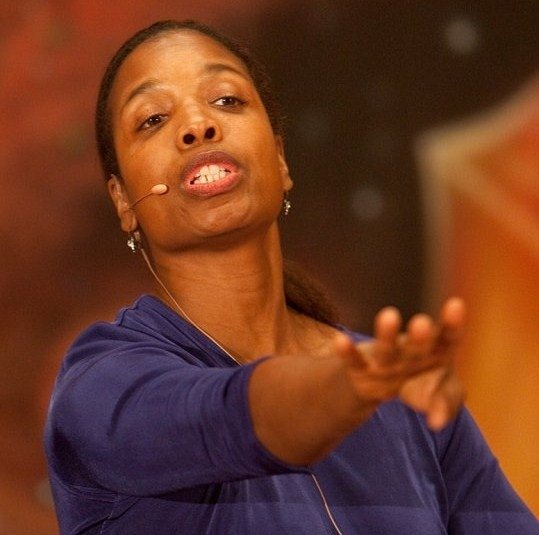
The solution that I had to deal with personally was how I could dance and continue to teach.
She moved to Virginia Tech in Blacksburg, Virginia and founded The Center of Dance in 1994. Though she gradually lost the function of her legs and her own ability to dance, she never lost her passion or her mental capacity to teach.
I continued to teach on and operate the dance studio and teach the ballet classes that were very much a part of my curriculum.

Even now after leaving Blacksburg to be nearer to family in Maryland, she continues to teach.
I am currently teaching dance to some of my students, but I am teaching on Zoom and that's been a wonderful adventure, just learning the whole technology and being able to have my students meet with me regularly for Zoom ballet classes.
Take a look at a 2 minute sample from one of Carol's recent Zoom classes below.
After the hourlong class, Carol stays for another half hour to chat with the students who range from high school to doctoral students.
I like to communicate with them to find out what's going on in their lives now to tell about what I'm experiencing in my life and just have chat sessions. I like to see what their needs might be from me and what I can or need to receive from them in terms of conversation, in terms of advice, in terms of direction for where to go forward from here.
Carol's Patchwork
Though Carol has visited every continent except Africa thus far (something she hopes to do soon with her son, Garland, who has many friends there), she says she's never felt very different from others.
As an international dancer, I met people from other countries, other nationalities, other languages who did not speak my language, but because they love dance and because I love to dance, we had that commonality.
The main difference she's become aware of in recent years has been variations in people's capacity to communicate.
I have been in situations where I have encountered individuals that were not as cognitively able as I am. That would probably be the biggest challenge that I've had or experienced of late. I am currently in assisted living and where I live right now, I am the only one who is cognitively able to talk and communicate.
In order for me to stay active with my mind, I write. I write and publish. I am able to articulate my thoughts on paper, even though I am not able to articulate them with other individuals.
One beautiful example of that writing can be found in Carol's autobiographical memoir, Give Take Be. Readers can find it on Amazon and may also be interested in this interview about her book conducted soon after its release.
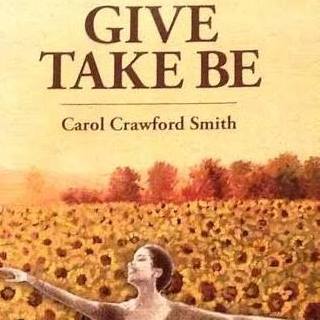
Changemaker Carol
All her adult life, Carol has been changing perceptions; perceptions about who can dance, who can teach and, now, who can write.
The Dance Theatre of Harlem was founded during the height of the Civil Rights Movement making classical ballet accessible to new performers and new audiences around the world. When she could no longer perform, she continued to teach in person, even when it became necessary for her to do so from a chair. Now that she lives in a setting where she receives assistance with her physical needs, her sharp mind and the advent of new technologies allow her to continue to teach and to write voraciously. She shares her knowledge, her wisdom and her experiences with her students and the world with important advice like:
Always follow your heart and your dreams and whatever it is you choose to do. It may be something that you're familiar with, something you're comfortable with. For me, it was that. I continue to share my availability and my connection to dance not only with my students, but with the outside world, the non-dance world. I share what I love to do. I share how they can make that connection as well as familiarity with one another through dance.
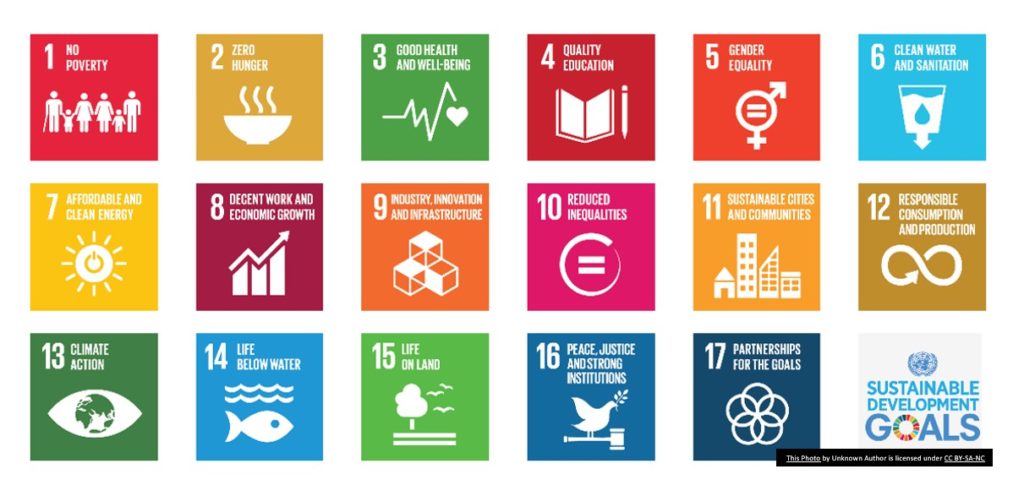
Carol's example as a dancer, a teacher, and a writer provide a powerful model of the ways we can and must continue to share our gifts as long as we live no matter the obstacles that may be put in our way. She challenges limitations as she allows her life and work to demonstrate how the arts continue to be integral to good health and well being (Global Goal – #3) throughout our lives no matter what our circumstances. As a teacher of dance she is a shining example of Global Goal #4 – Quality Education. Likewise, we can all learn a lesson about the usefulness of technology to Reduce Inequalities (Global Goal #10) and accessibility during these times when roadblocks seem to be popping up everywhere. There is always a way for teacher and student to find one another.
What about you? Are you engaging with the world in ways to bring about the global goals collectively? Get in touch below and let us know.
Podcast: Play in new window | Download
Subscribe: Spotify | iHeartRadio | Email | TuneIn | Deezer | RSS | More

